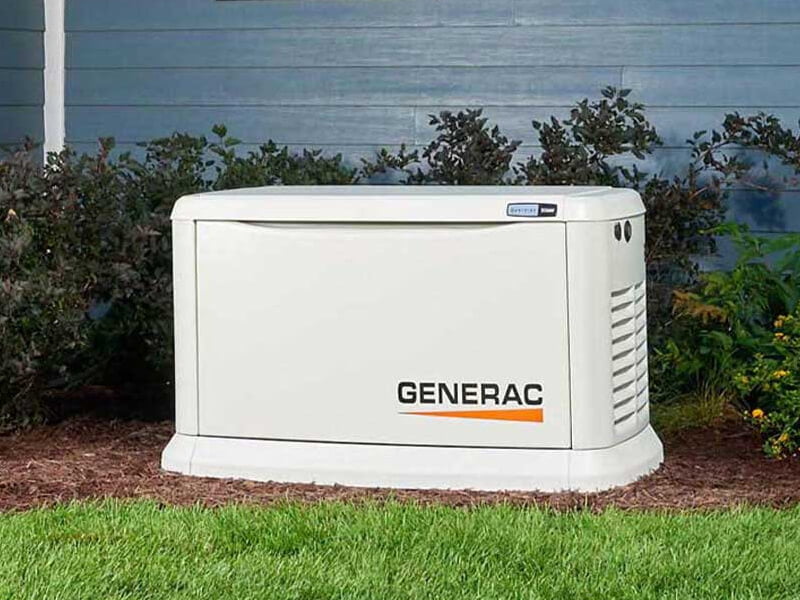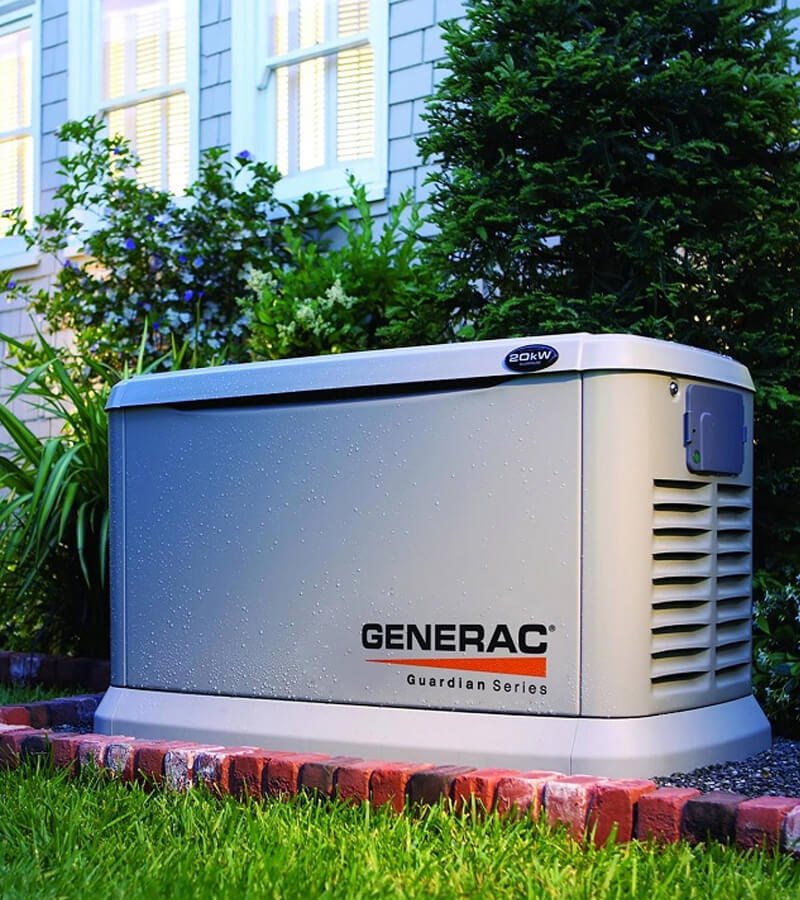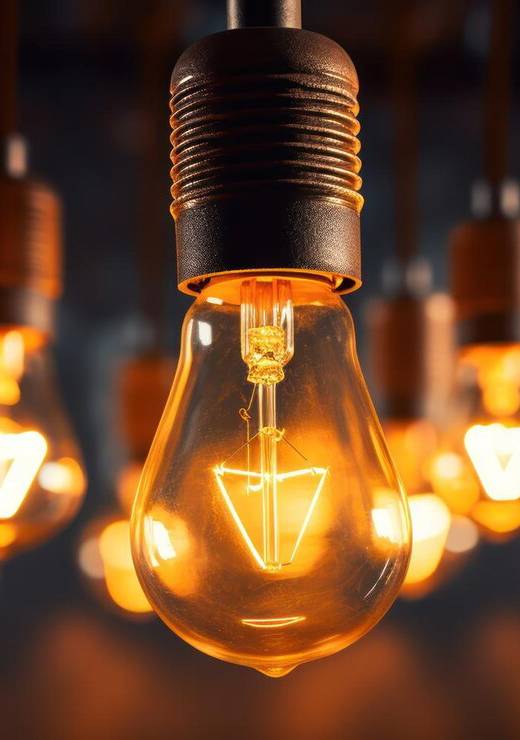Generators
Having a generator in your house can provide numerous benefits, especially during power outages. A generator can help keep the lights on, appliances running, and important medical equipment operational. It can also prevent food from spoiling and help maintain a comfortable living environment during extreme weather conditions. Additionally, having a generator can provide peace of mind in case of emergencies and can increase the value of your home. With a generator, you can be prepared for unforeseen events and have a reliable backup source of power. However, it is important to properly maintain and safely operate your generator to ensure its longevity and effectiveness.


Two Types of Generators
Portable: a gas powered generator connected to your electric panel by means of a transfer switch.
Standby: Usually powered by natural gas or propane, starts automatically during a power outage.
Which Backup Power Source Should I Choose?
Price is usually the deciding factor when choosing which route to go for a backup power system. Portable generators can range in price from $500 to $2000 while standby systems can cost $5000-$20,000 or more not including installation.
While the portable version has the clear advantage on price the standby application is attractive to those who favor convenience. Since it is automatic it will detect the power outage, start up, and then shut down when power is restored without human intervention.
The portable system is manual. It must be started manually, run outdoors, and be refueled when necessary. Most people find that a portable generator will suit their needs just fine as the power needs of most households can be met by a portable unit.
If you choose to go with a portable you’ll need to determine which circuits to power. You’ll need a transfer switch to make the connection to your breaker panel. And you’ll need a licensed electrician to perform the installation.


Calculate Your Electric Needs
To help you decide what size generator you need it’s best to make a list of appliances, devices, and fixtures you want to power during an outage. If you’re unsure or need help we’d be happy to assist. Typically these circuits would include:
- Refrigerator
- Furnace or boiler
- Well pump
- Sump pump
- First-floor bathroom
- A couple of lighting circuits
- Garage door opener
Generator output is measured in watts so you’ll want to check the nameplate of each item to determine and write down the wattage used. On devices like pumps, refrigerators, or furnace fans there is also startup wattage. The rule of thumb is to take largest startup wattage and add that to the total of the running wattage for all your devices. The total tells you the size generator you need.
Using the above listed items as an example a 5500 watt generator would be more than adequate. The generator, being portable requires no installation. The transfer switch is mounted alongside your electric panel connected to an outdoor receptacle. When a power outage occurs you simply roll the generator outside to the receptacle, plug it in, start it up, and flip a switch.





